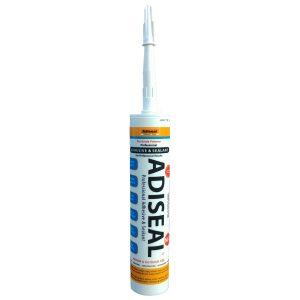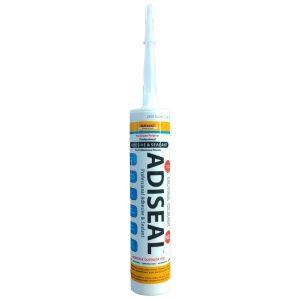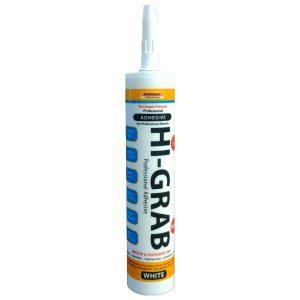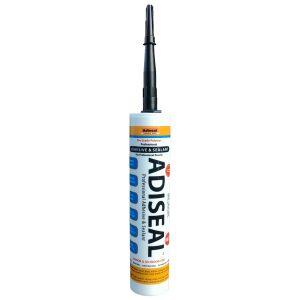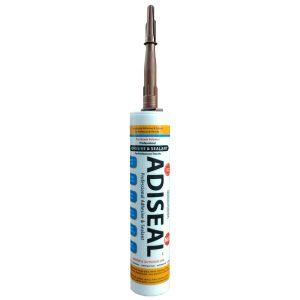Metal Bonding Adhesive
Metal Bonding Adhesive: Strong Reliable Connections
When it comes to joining metal surfaces, using a reliable metal bonding adhesive is crucial for achieving strong and durable connections. In this article, we will explore the benefits and applications of metal bonding adhesives and highlight their importance in various industries. Whether you’re working on automotive repairs, metal fabrication, or DIY projects, understanding the features and capabilities will help you make informed decisions for your specific bonding needs.
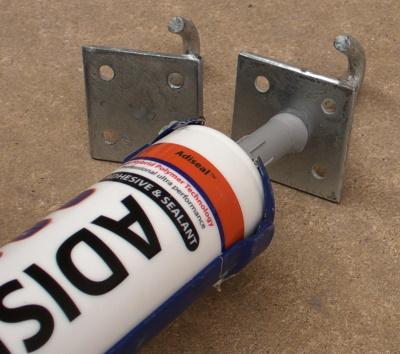
Advantages of Metal Bonding Adhesive
Metal bonding adhesives offer several advantages over traditional joining methods, such as welding or mechanical fasteners. Here are some key benefits:
1. Strong and Reliable Bonds:
– It create high strength bonds that evenly distribute stress across the entire joint, minimizing the risk of weak points or failures.
– They provide excellent resistance to vibration, impact, and thermal expansion, ensuring long-lasting connections.
2. Versatility and Compatibility:
– It are designed to bond a wide range of metals, including steel, aluminum, copper, and more.
– They can also bond metal to other materials like plastics or composites, offering versatility in various applications.
3. Improved Aesthetics and Functionality:
– Unlike traditional methods that may leave visible weld marks or holes, the adhesive provide a seamless and clean finish.
– They eliminate the need for drilling or welding, preserving the integrity of the metal and reducing the risk of distortion or heat damage.
Applications of Metal Bonding Adhesive
Metal bonding adhesives find applications across numerous industries and projects, including:
1. Automotive Industry:
– Bonding of body panels, trim components, and interior parts.
– Repairing and reinforcing metal structures.
2. Electronics and Electrical Engineering:
– Bonding heat sinks, components, and PCBs.
– Sealing and potting electronic devices.
3. Metal Fabrication and Construction:
– Joining metal sheets, profiles, and tubes.
– Bonding architectural elements and panels.
Choosing the Right Metal Bonding Adhesive
When selecting a product for your project, consider the following factors:
1. Substrate Compatibility:
– Ensure that the product is formulated for bonding the specific metals you are working with.
– Check the manufacturer’s recommendations for optimal results.
2. Strength and Performance:
– Evaluate the required bond strength and consider the adhesive’s shear, peel, and tensile strengths.
– Consider the operating conditions, such as temperature, humidity, and exposure to chemicals.
3. Application Method and Cure Time:
– Select an adhesive that suits your preferred application method, whether it’s dispensing, spraying, or brush application.
– Consider the cure time to ensure it aligns with your project timeline.
Conclusion
Metal bonding adhesives provide a reliable and efficient solution for joining metal surfaces in a wide range of applications. With their superior bond strength, versatility, and compatibility with various metals, they offer advantages over traditional joining methods. Whether you’re in the automotive, electronics, or construction industry, understanding the benefits and applications will help you achieve strong and durable connections in your projects. When choosing a product, consider substrate compatibility, strength, performance, and application method to ensure optimal results. By selecting the right metal bonding adhesive, you can enhance the efficiency, aesthetics, and durability of your metal bonding projects.
Showing all 6 resultsSorted by popularity
